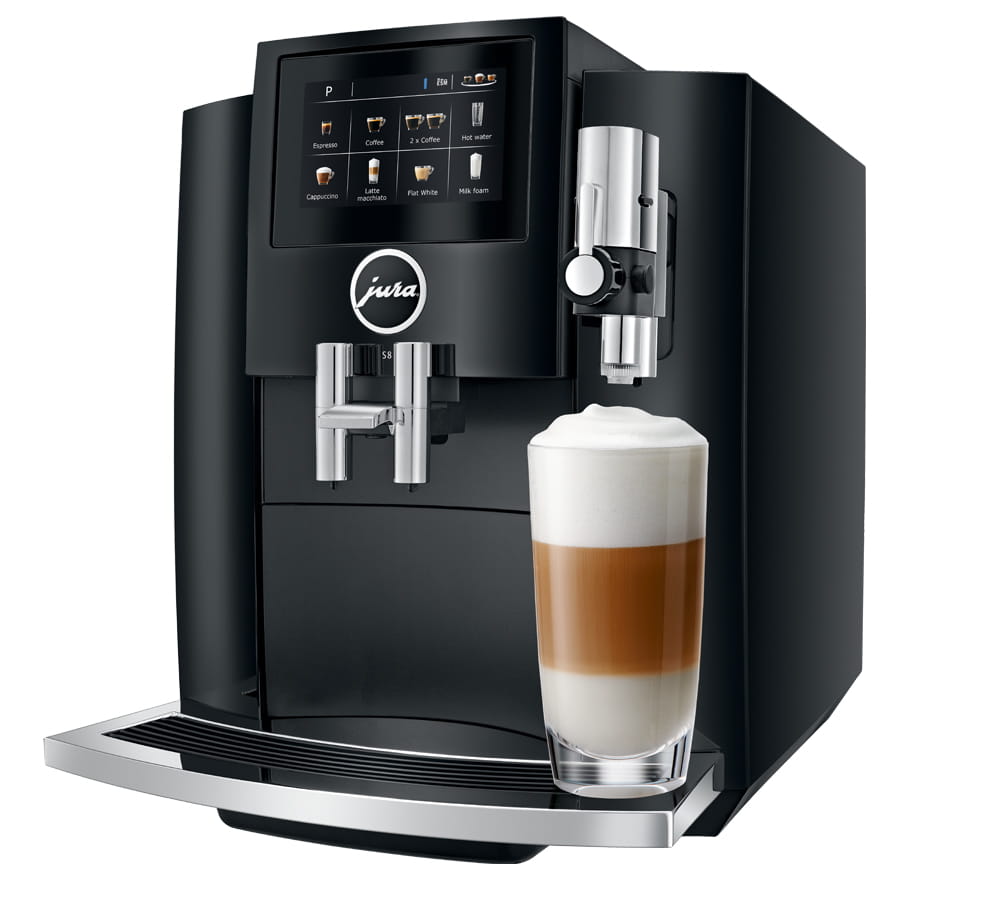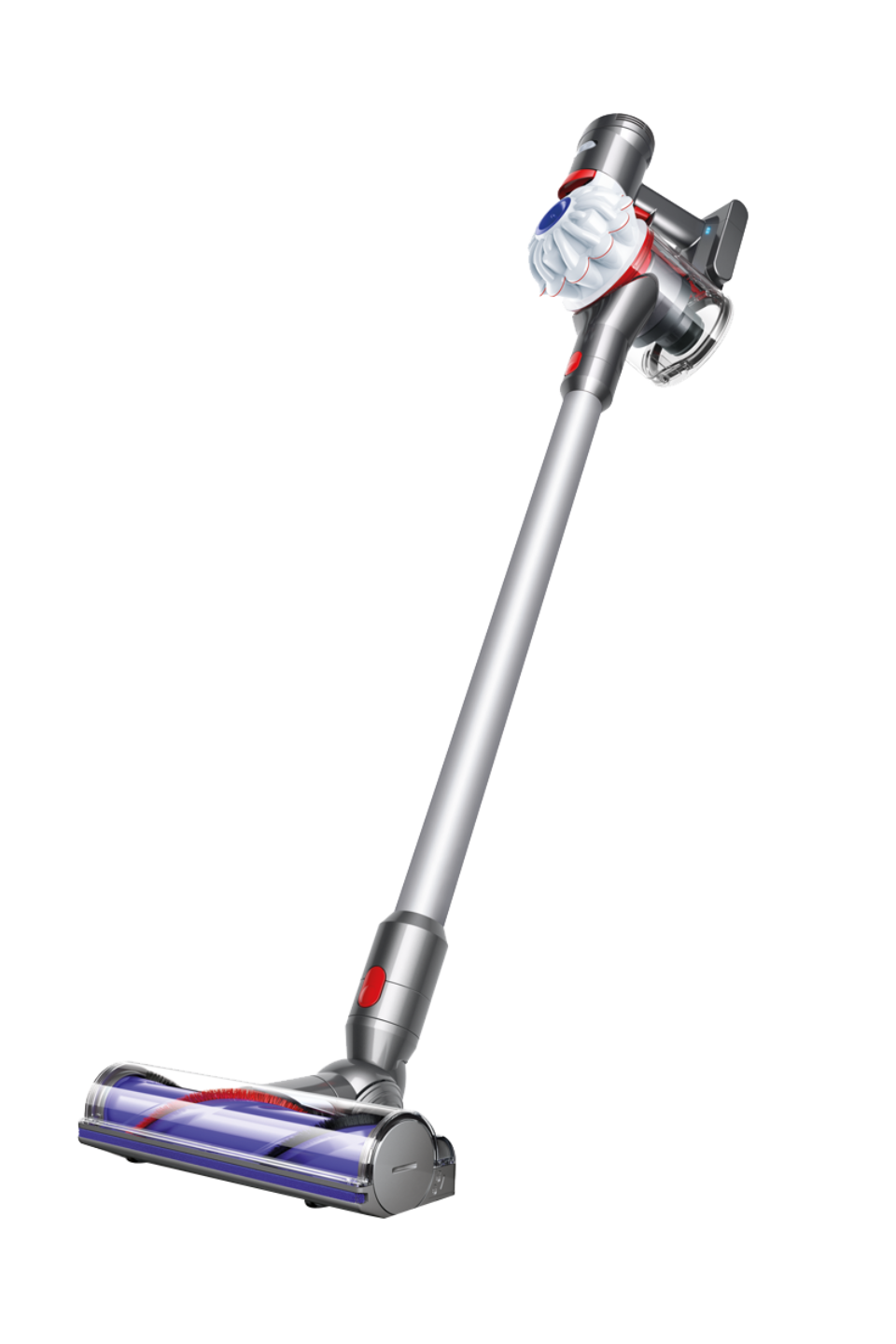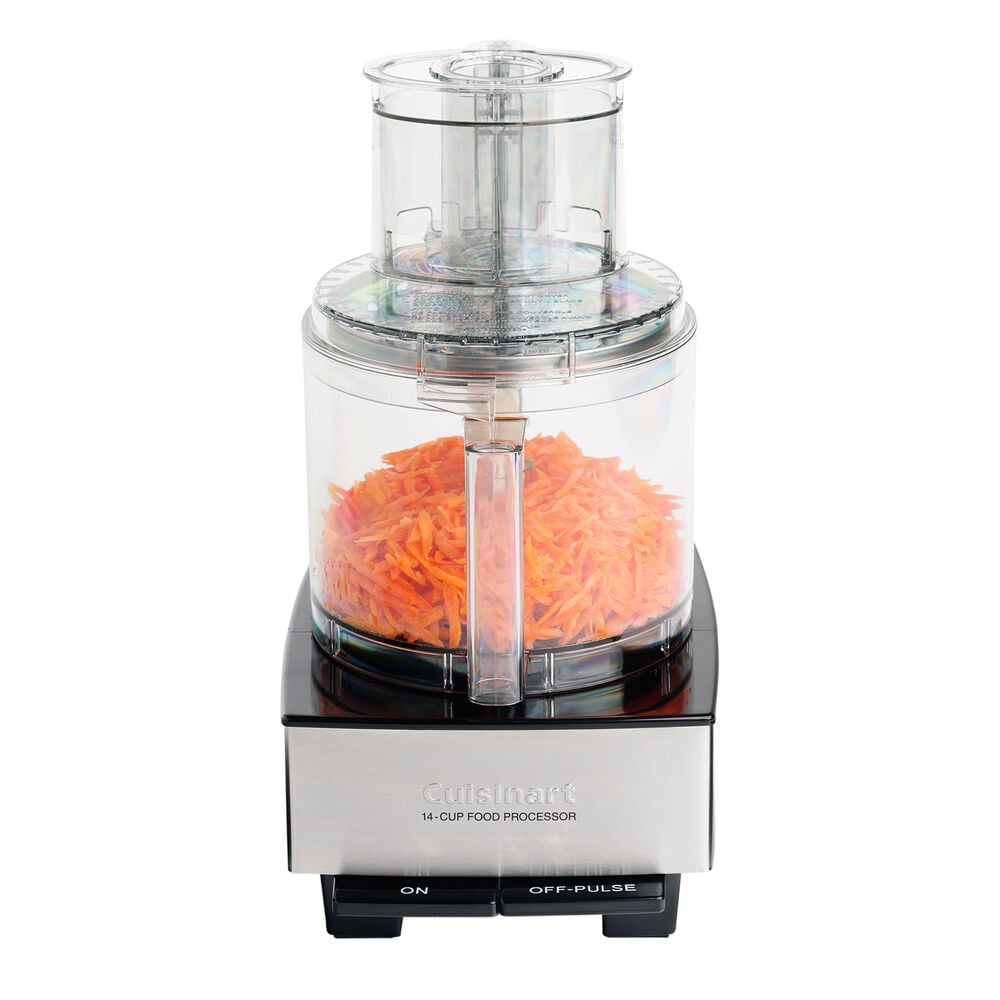S8 Piano Black | super automatic coffee machines
With its harmonious clean lines, the stylish S line exudes quality and precision in every way. It combines the best of the compact class with elements of the premium segment, including a hint of the GIGA. The impressive range of specialities and the stunn.
So many moments of pleasure to choose from
The stylish S8 creates the full range of specialties from espresso to latte macchiato to a masterful standard of quality. With just a touch on the color touchscreen display, one of 15 different specialties flows into the cup. This is thanks to several outstanding innovations. The AromaG3 grinder is now even more precise and twice as fast, yet preserves all the delicious aroma of the coffee beans. The Pulse Extraction Process (P.E.P.®) ensures the optimum extraction time for short specialties and delivers a taste explosion for espresso and ristretto. Trend specialties finished with milk and milk foam are brought to perfection thanks to fine foam technology.
Thoroughly modern operating concept
The integrated 4.3” high-resolution color touchscreen display makes the machine incredibly simple to operate. A gentle touch with your fingertip on the screen, and your favorite beverage flows into the cup. The innovative operating concept with an eye-catching screen succeeds because it is so clear, simple and modern. Graphics and animations show every step of preparation, guiding the user through the process. The concept is designed to help you find what you want quickly. Individual preferences can be programmed in a few easy steps, allowing you to rename, move, copy or duplicate products in no time.
The ultimate milk foam
Characteristic JURA design reflects precision and quality down to the smallest detail. The new professional fine foam frother on the S8 is made from the highest quality materials and has a stunning look and feel. Specially designed for the preparation of specialty coffees with milk and milk foam, it makes latte macchiato and other beverages with the very best fine-textured foam – every time. Graphics and modern animations on the display make it easier than ever to use.
- Large, 4.3″ high-resolution touchscreen color display with customize and duplicate
- Professional Fine Foam Frother G2 with operating instructions and clear animations to guide the user through the process
- Twice as fast Aroma G3 grinder
- Ultimate coffee quality thanks to Pulse Extraction Process (P.E.P.®)
- Intelligent Water System (I.W.S.®) with RFID technology automatically detects the CLEARYL Smart water filter
- Insulated bean container lid keeps the grinder quieter and whole coffee beans fresh
- Removable hot water spout
- Compatible with Smart Connect for use with J.O.E.® (JURA Operating Experience) app
Smart Connect is NOT included with the purchase of S8.
Additional information
| Height (in) | 13.7 |
|---|---|
| Width (in) | 11 |
| Depth (in) | 17.5 |
| Weight (lbs) | 22.1 |
| Warranty | 2 Year Limited |






by Sherree
So far we love our new Jura! Coffee and coffee options are wonderful! The only down side is maintenance cleaning which I guess is necessary for the machine and good coffee. This was a ridiculous among to spend on a coffee machine, hopefully it last many years! I had done a lot of research and finally took the plunge!
by Kim
The best coffee I’ve ever had. Smooth and creamy. Easy to operate machine.
by Sabrina
I’m convinced that Jura machines are simply the best. I’m on my third machine now (around 20,000 cups per unit over time) and they just keep going and going, making perfect cups of espresso and coffee until they eventually just wear out. I’m glad so many others are now finding that K-cups are a terrible idea. I’ve been living the good life with Jura for decades now and my new WE6 keeps that tradition alive. I look forward to my morning espresso perfection every day.